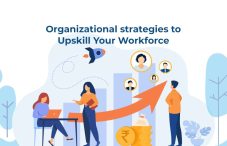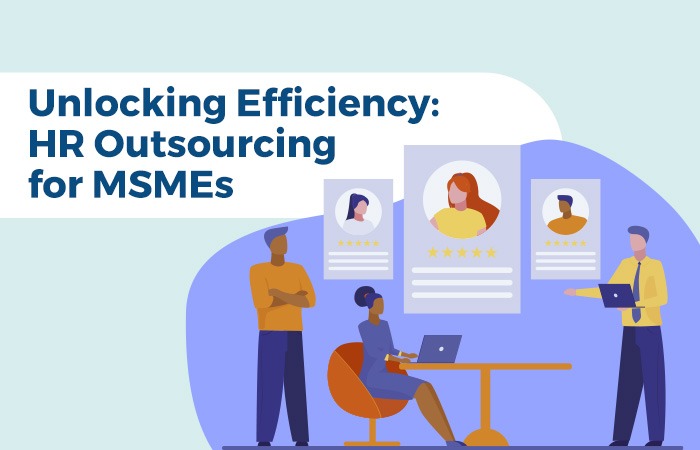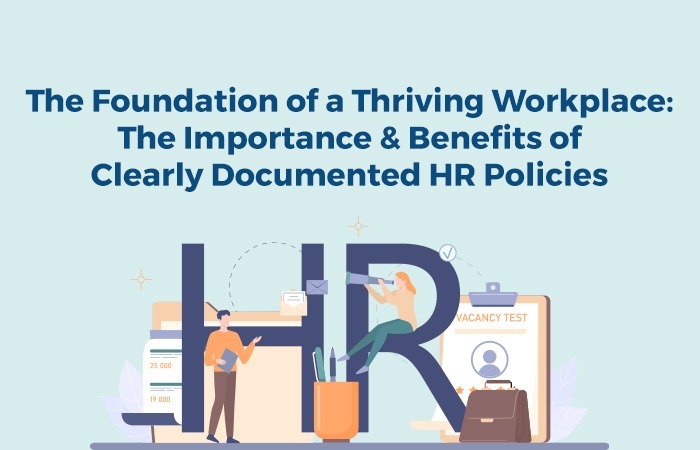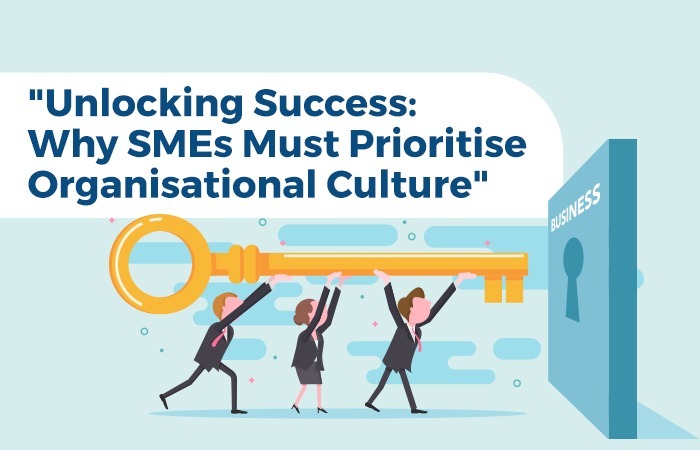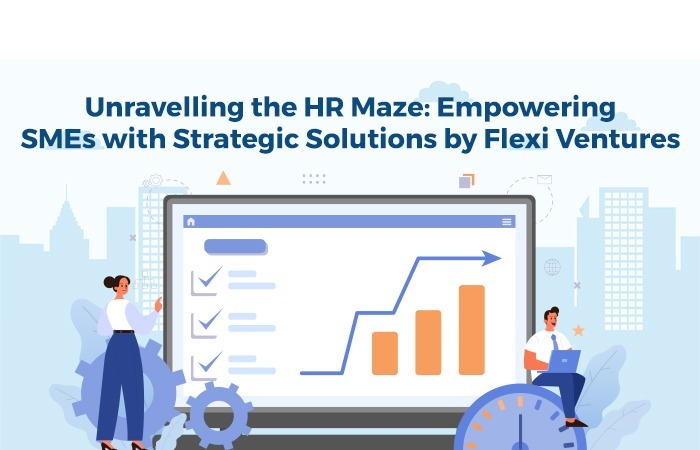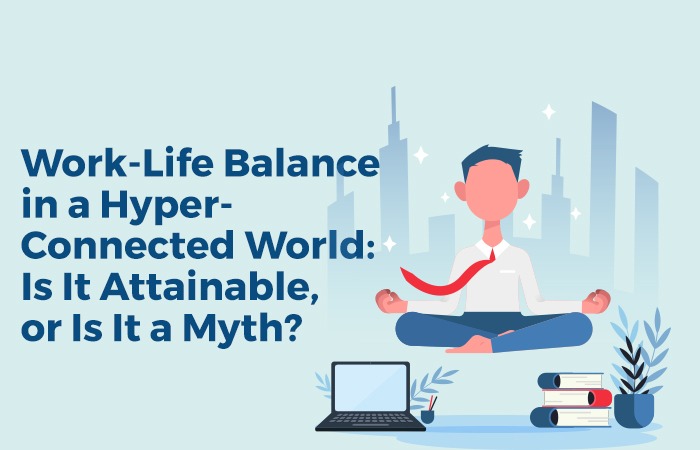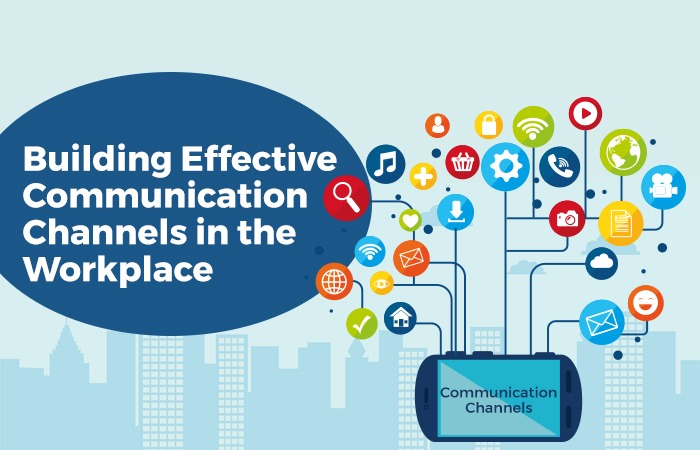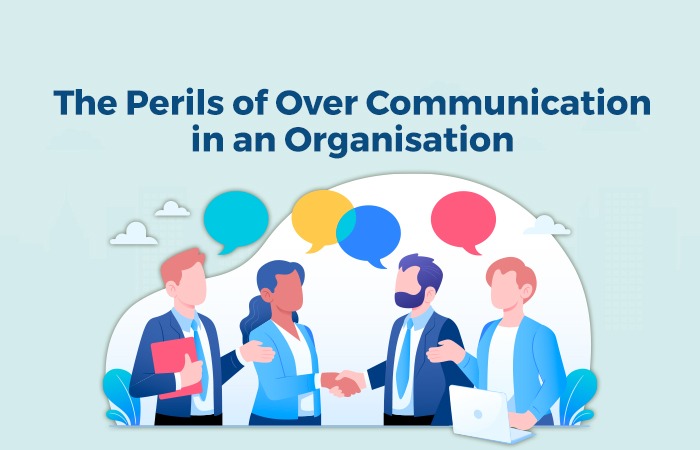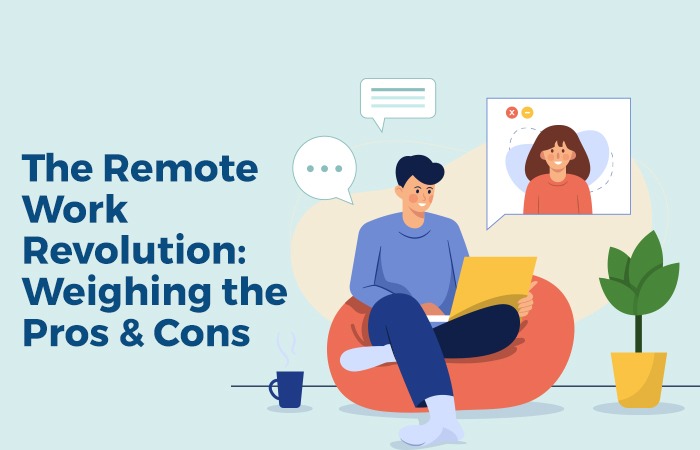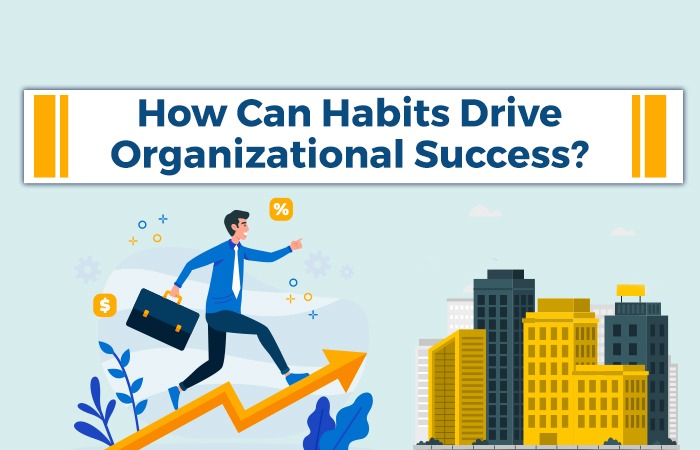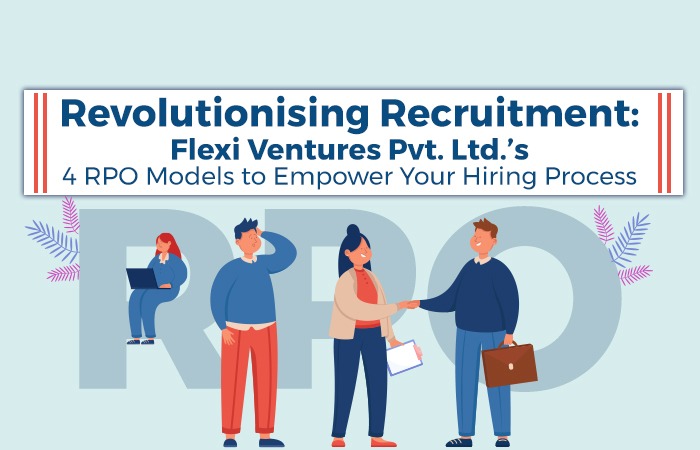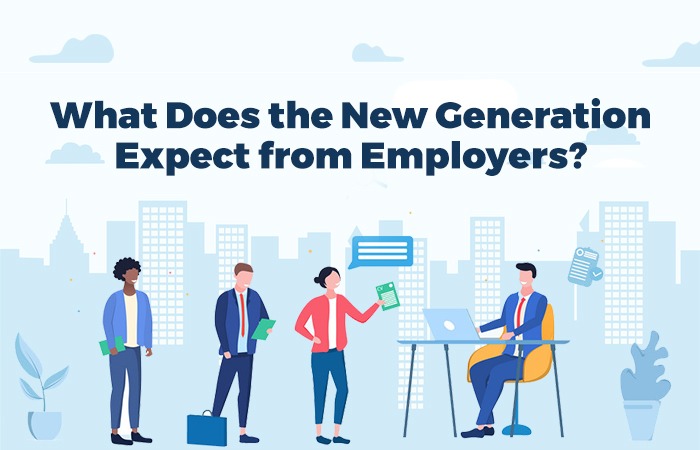Keeping up with the pace of technological advancement may be a challenge for companies of all shapes and sizes. While technology creates powerful business opportunities, it also creates skills gaps, particularly within the manufacturing, healthcare, and construction industries, where the demand for skilled workers is very high.
So How can employers combat this skills gap while retaining their current workforce?
Any organization’s competitive advantage is determined and measured in terms of the technology aspect not only by the existing in-house technical capabilities but also incorporates the company’s capability with respect to reskill and upskill its employees on a horizontal plane in times of need. In fact, in line with McKinsey, “to emerge stronger from the COVID-19 crisis, companies should start reskilling their workforces now.”
Benefits of Upskilling Employees
Upskilling comes with a varied range of advantages/benefits. Something positive has to get to offer to both Organisations and therefore the employees. Upskilling can become a vital part of the employee training and development process if it is a two-way beneficial aspect Upskilling, or reskilling, may be a smaller investment than hiring and training new entrants. Reskilling of the employees also tends to have created more mature and secure personnel in the company who are cross trained and more effective as resources.
It doesn’t just boost your bottom line. It also:
1)Improves retention.
Nobody wants to be in association with an Organisation that doesn’t invest enough in its employees’ career development. People tend to be with the organizations that are more active in carefully adopting the practices that ensure upskilling the people skillset to avoid the people’s obsoleteness in the changing technical environments and help them envision career advancement more clearly.
2)Boosts morale.
Employees who have training and development opportunities are happier in their roles and have a brighter outlook on their future with corporate Organisations. Training and skilling opportunities at regular intervals help the people to clearly make out the changing environments and the new requirements and are able to appreciate the upskilling efforts from an organization with the right understanding and more receptivity. Knowing they’re working toward something that may better their lives creates a deeper sense of purpose.
3)Increases customer satisfaction.
Happy employees result in happy customers. When workers are happier with their company and believe in what they’re working toward, they are providing better results. Plus, upskilling keeps your workforce up thus far on industry trends, allowing them to
supply the simplest recommendations and insights to clients and prospects. Clients are willing to pay more to figure with a more knowledgeable, proactive team. And when clients are proud of the work you are doing, they become stronger brand advocates for you.
4)Attracts new talent.
When a business is successful, chances are high that you’ll need new talent to feature to your experienced, upskilled workforce. When employees feel a way of purpose with their company and clients are pleased with their work, they become stronger brand advocates. which means they’re more likely to recommend your organization to their network of friends, past colleagues, and relations. Suddenly you have got a good pool of diverse talent to settle on from when it comes time to expand your team.
How to Upskill Your Workforce
Before creating an upskilling strategy, conduct a discovery phase to work out what skills you’ll need from your employee base down the road.
Your goal is to be proactive and stay sooner than your industry’s future demands to induce a grip on your competitors.
Make training and development opportunities readily available and affordable for everybody. after all, there could be employees—the ones with high productivity and great morale—you’ll want to concentrate on more. That’s fine. But confirm everyone has access to those opportunities. You may be surprised who takes advantage and benefits the foremost from your offerings.
Accommodate different learning styles. Some employees might do best in an exceedingly traditional classroom setting with a coach. And a very different segment may prefer walking through courses online. Others might prefer microlearning—watching 15-minute videos that cover topics in small increments. Providing something for all learning styles ensures that most amount of employees will want to participate.
Empower employees to settle on their path. When employees feel they need the liberty to settle on what areas they develop, they take more ownership over their personal and professional development.
Reward employees for their upskilling efforts. Give them an incentive for completing training and development to bolster its importance. Plus, positive recognition results in a happier, more productive workforce.
Engage Employees in Upskilling
The important thing to recollect is that each one people are motivated in several ways, by various things. Organizations that are specializing in their employee experience are seeing impressive leads in terms of retention, revenue, and profitability. So what does it seem like, and the way you’ll be able to jazz, too?.

